As we look forward to a new year, I share with you fortune cookie message I got with my recent order of take-out food from a local Chinese restaurant.
"We must always have old memories and young hopes."
HAPPY NEW YEAR!
2021
As we look forward to a new year, I share with you fortune cookie message I got with my recent order of take-out food from a local Chinese restaurant.
"We must always have old memories and young hopes."
HAPPY NEW YEAR!
2021
 |
| The Little Fur Family by Margaret Wise Brown |
Books make the perfect holiday gift. Recently, as I was cleaning out my files I found a list that I made more than twenty years ago of some of my favorite children's books. While I have read many good books since then, these titles remain among my all-time favorites. Perhaps they will inspire a holiday gift for a child you know.
Stella Luna by Janelle Cannon
Ghost Wings by Barbara Joose
Frog and Toad by Arnold Lobel
Mr. Lincoln's Whiskers by Karen Winnick
Me on the Map by Joan Sweeney
The Ever-Living Tree by Linda Viera
Wump World by Bill Peet
Ramona the Pest by Beverly Cleary
The Little Fur Family by Margaret Wise Brown
The Wall by Eve Bunting
In response to my virtual author visit on November 17 at Cerritos Elementary School in Glendale, California, I recently received thank you notes from each classroom that I visited. I am so pleased to discover how teachers and
students have adapted to using a virtual format and interested to see how each class
did their thank you notes in a different way. Some created their cards on screen, while other students drew pictures on paper and then took a screen shot to record it. Other students wrote a class letter. I loved finding out which parts of
my presentation the students liked the most.
Many, many thanks again to the
ALG for providing this experience for both authors and students. And many, many thanks to the teachers who do such a great job helping their students learn, and to Principal Perla Chavez Fritz for all her support.
Read a report of the visit here: https://carolinearnoldart.blogspot.com/2020/11/zoom-author-visit-at-cerritos-school.html
 |
| FOCAL Award Ceremony |
My traditional role at this event has been as photographer. This year, because of the pandemic, the event was virtual, and my role as photographer was to make screen shots. The picture above depicts author and award winner Christy Hale, Brooke Sheets the award committee chair, and puppet makers Jesse Kingsley and Moira Lael Macdonald. I hope that by this time next year, the event will be a luncheon as it has always been in the past and I can use my camera again. Meanwhile, the screen shots will provide a record of this year’s event.
BookStop has been extended to December 15. Hurry and check it out!
 |
| Screen shot of the set-up in my home office for my Zoom visit to Cerritos School |
 |
| Screen shot of authors and participants at the Santa Barbara 68th Breakfast with the Authors |
Bear
Mother bear
Mother brown bear
Mother brown bear drinks slowly
Mother brown bear drinks slowly in Alaska.
Mother brown bear looks like a vacuum cleaner as she drinks slowly in Alaska.
If I were a brown bear I would eat all the fish in the river.
In the second half of the mornng, I and each author gave a 3 minute presentation, followed by an informal question and answer session in small groups.
Many thanks to Scott Spector, Rachel Lawton, Matt Zuchowicz and Fred Borchers at the Santa Barbara County Office of Education for organizing the event!
 |
| Virginia Buckley, 2005 |
 |
| Award from the Washington Post/Children's Book Guild |
My Clarion Books (Houghton Mifflin) edited by Virginia Buckley:
Giant Shark: Megalodon, Prehistoric Super Predator (2000)
Easter Island: giant Stone Statues Tell of a Rich and Tragic Past (2000)
Dinosaurs With Feathers: The Ancestors of Modern Birds (2001)
When Mammoths Walked the Earth (2002)
Uluru, Australia’s Aboriginal Heart (2003)
Pterosaurs, Rulers of the Skies in the Dinosaur Age (2007)
Giant Sea Reptiles of the Dinosaur Age (2004)
Giant Sea Reptiles of the Dinosaur Age (2007)
Global Warming and the Dinosaurs (2009)
 |
| Caroline with CLCSC Award for a Notable Work of Non-Fiction for Butterflies in Room 6 |
It is indeed an honor to be receiving this year's nonfiction award for my book Butterflies in Room 6. Thank you.
I have been writing books for a long time, and pleased that a number of them have been honored by Children’s Literature Council in the past. For this book, Butterflies in Room 6, it is the first time as both author and photographer. A challenge in taking photographs of children and animals is that neither stay still for long! For many years I worked on books with photographer Richard Hewett, now passed away. I learned a lot about photography from him—a key being patient and willing to take LOTS of photos to get just the right one. I have also learned from my husband Art, my in-house tech guru, who is an excellent photographer and who helped me with the close-up pictures in this book
The idea for Butterflies in Room 6 began with an author visit several years ago at Haynes School in Los Angeles where I met Jennifer Best, a kindergarten teacher, who told me how she hatches eggs every year with her students as they learn about life cycles. The following spring, I embedded myself in her classroom, which enabled me to follow the process and get the photos I needed for my book Hatching Chicks in Room 6. At the time, I noticed that the children were also raising Painted Lady butterflies--watching the caterpillars grow in a jar, turn into chrysalises, and, after a week or so, emerge as beautiful butterflies. It seemed like the perfect sequel to Hatching Chicks. So, two years later, I was back in Room 6, learning about caterpillars and butterflies.
But this time, I wanted to do the project myself at home first so I could anticipate the pictures I would need and get some practice taking pictures of butterflies. Most people who raise butterflies start with caterpillars. But I wanted my book to show the whole butterfly life-cycle, from egg to adult. So, I ordered Painted Lady butterfly eggs from a scientific supply house. The tiny blue eggs, no bigger than a grain of salt, came in a small vial. A note with the package said there were 35 eggs, with a few extra, in case some didn’t hatch. In fact, there were 100 eggs in the vial and every single one of them hatched! I soon had 100 very hungry caterpillars in containers all over my house! I had also ordered special caterpillar food to feed them, and within a few weeks, I had 100 beautiful butterflies.
Mrs. Best also ordered butterfly eggs, and I followed the students in Room 6 as they raised their butterflies, documenting the children’s excitement at each step of the process—looking through magnifying glasses, watching the caterpillars grow, and letting the butterflies rest on their hands for a moment before thy flapped their wings and flew away into the neighborhood.
I couldn’t have written Butterflies in Room 6 without the help of Jennifer Best and her kindergarten students. I thank them for welcoming me into their classroom and for sharing the wonder of metamorphosis with me. I am also grateful to the children’s parents and the school principal, Barbara Meade, for their enthusiastic support. And I thank everyone at Charlesbridge Publishing, especially my wonderful editor Alyssa Pusey, who contributed to making this such a special book.
I want to express my gratitude to the Children’s Literature Council for choosing Butterflies in Room 6 for this very special honor today, especially Charmetria Marshall and everyone on the award committee. And to President Jennifer Driscoll and all the people who worked so hard to make the arrangements for this special virtual celebration—Thank You!
And here is my beautiful plaque!
At a class we taught together some years ago she handed out a list of
photo tips. Today, almost everyone is a photographer--we carry cameras
in our pockets in our phones. Whether you are illustrating a children's
book, creating a magazine story, or assembling a slide show or family
album, or even just sharing a favorite photo with a friend, I think you
will find her advice useful. She says:
LOOK and THINK before you shoot. A good eye is more important than a good camera.
Tip #5: Be prepared with all equipment you will need and ideas for shooting. Many subjects have little time or patience for photography. However, be ready to think on your feet. If your pre-planned ideas are not working, be open to other options. You may not have a chance to come back. It's up to you to make the best of the existing situation. Editors aren't interested in hearing excuses about why you couldn't get the shot. (Martha Cooper)
Example: My 100th published book, African Animals, an overview of African wildlife, is illustrated with a single photo of each animal. As the author of the book, I was responsible for obtaining all the photos. Many of them were taken by me or my husband Art when we spent four months in Africa in 197l. But there were some animals for which we did not have good pictures. So, my solution was to get the photos from other sources. Most are from our good friend Owen Floody, who had traveled to Africa several times and has a special interest in animal photography. Here is his picture of two ostriches battling one another. He had the luck and patience to be at the right place and the right time to get this amazing photo.
I am looking forward to the 68th annual Breakfast With the Authors in Santa Barbara, Pajama Party Zoom Edition, to be held Saturday, November 14, 8:00-9:30, and 9:45-11:30. The first session will be for students and will consist of three writing/illustrating workshops. The second session, for librarians, teachers, and other adults, will include presentations by 18 authors, including myself.
To register for the event and receive the Zoom link, go to s.sbceo.org/breakfast2020 . The event is free for Santa Barbara County residents; a small fee is charged for those outside the county.
Today, almost everyone is a photographer--we carry cameras
in our pockets in our phones. Whether you are illustrating a children's
book, creating a magazine story, or assembling a slide show or family
album, or even just sharing a favorite photo with a friend, I think you
will find her advice useful. She says:
LOOK and THINK before you shoot. A good eye is more important than a good camera.
Tip #4: Try different settings, angles and activities. Move your subject around or move around your subject. Shoot wide, medium, and close-up shots as well as horizontals and verticals of the same shot so that you (or the editor) will have choices for a layout.
Example: During the years I worked with Richard Hewett, my role was both writer and photographer's assistant. I helped carry equipment, spot photo opportunities, and sometimes posed as model to give human scale to the picture. For the photo that we used for the cover of our book, The Ancient Cliff Dwellers of Mesa Verde, I agreed to climb a ladder in one of the cliff dwellings so viewers could see the relative size of the structures. In another photo, a close-up of my hand holding pottery fragments gives the reader a sense of the relative size of the pieces. The Ancient Cliff Dwellers of Mesa Verde is available as an ebook on Amazon.
All of the books in the zoo animal series published by Morrow Junior Books are life cycle books--beginning with the birth of a young animal and concluding with the animal's independence. The logical sequence of the photos was the real time development of the story. I worked with photographer Richard Hewett on these books.
 |
| Pages 4-5, Penguin, photos by Richard Hewett |
 |
| Page 45, Penguin, photo by Richard Hewett |
For many years I worked with professional photographers who
illustrated my books with their photos. We worked as a team--I wrote the
text and the photographer took the pictures. I learned a great deal
about photography from them. I have been both author and
photographer for several of my newest books, including Hatching Chicks in Room 6 and Butterflies in Room 6. The first book for which I was both author and photographer was Easter Island (Clarion, 2000)
As
I was cleaning out files recently I found a list of photo tips from my
friend and fellow Grinnellian, Martha Cooper, a professional
photographer and illustrator of three children's books, My Two Worlds, Lion Dancer and Anthony Reynoso: Born to Rope.
At a class we taught together some years ago she handed out a list of
photo tips. Today, almost everyone is a photographer--we carry cameras
in our pockets in our phones. Whether you are illustrating a children's
book, creating a magazine story, or assembling a slide show or family
album, or even just sharing a favorite photo with a friend, I think you
will find her advice useful.
LOOK and THINK before you shoot. A good eye is more important than a good camera.
Tip #2: Keep space restraints in mind. Sometimes a single photo is enough to tell a whole story. If your photos are likely to be used small, keep your compositions simple. If there is a chance of a double page spread, be sure to shoot some horizontals. (Martha Cooper)
Example: When I visited Easter Island, I purposely shot the picture of Ahu Tongariki, the row of stone figures at one of the historical sites, as a horizontal leaving plenty of room in the sky for text, anticipating that it would work well for the copyright and table of contents at the beginning of the book. (Easter Island is out of print but available as an e-book at Amazon.)
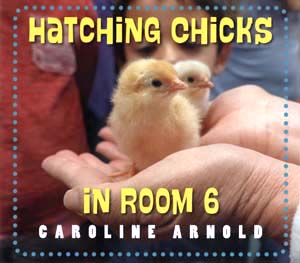
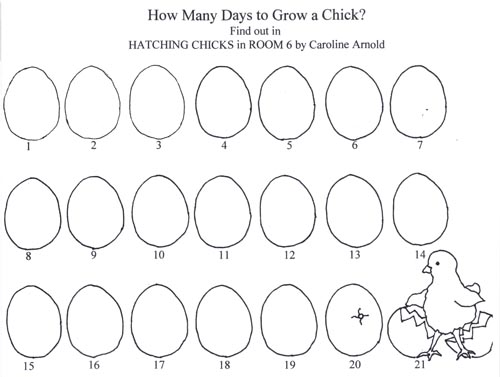
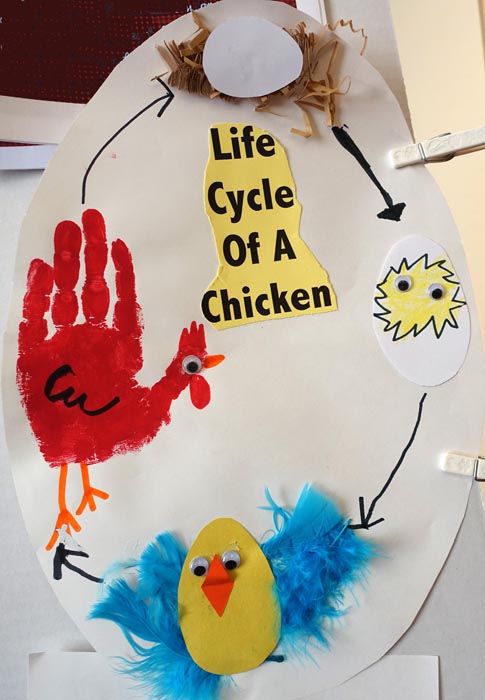
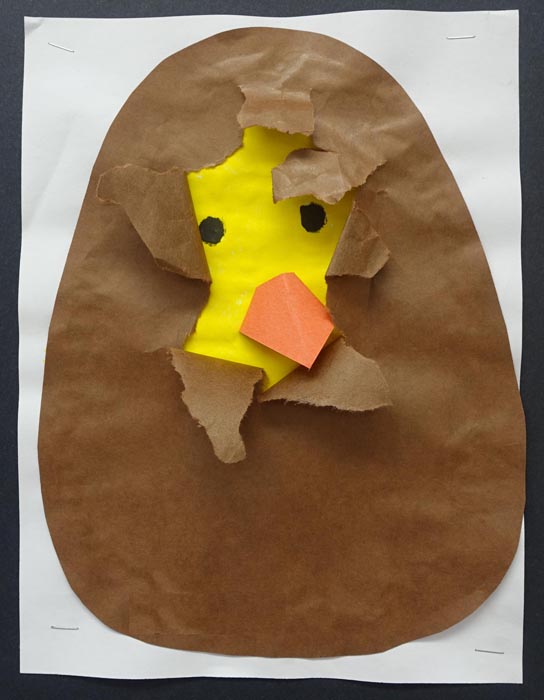
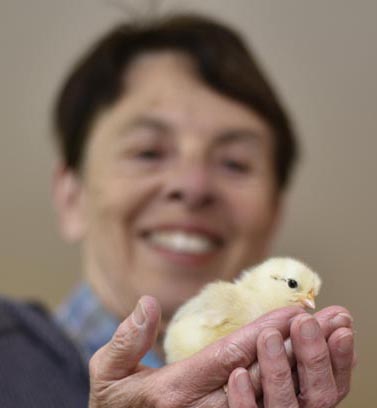
 |
| Photo for p. 15, Butterflies in Room 6 |